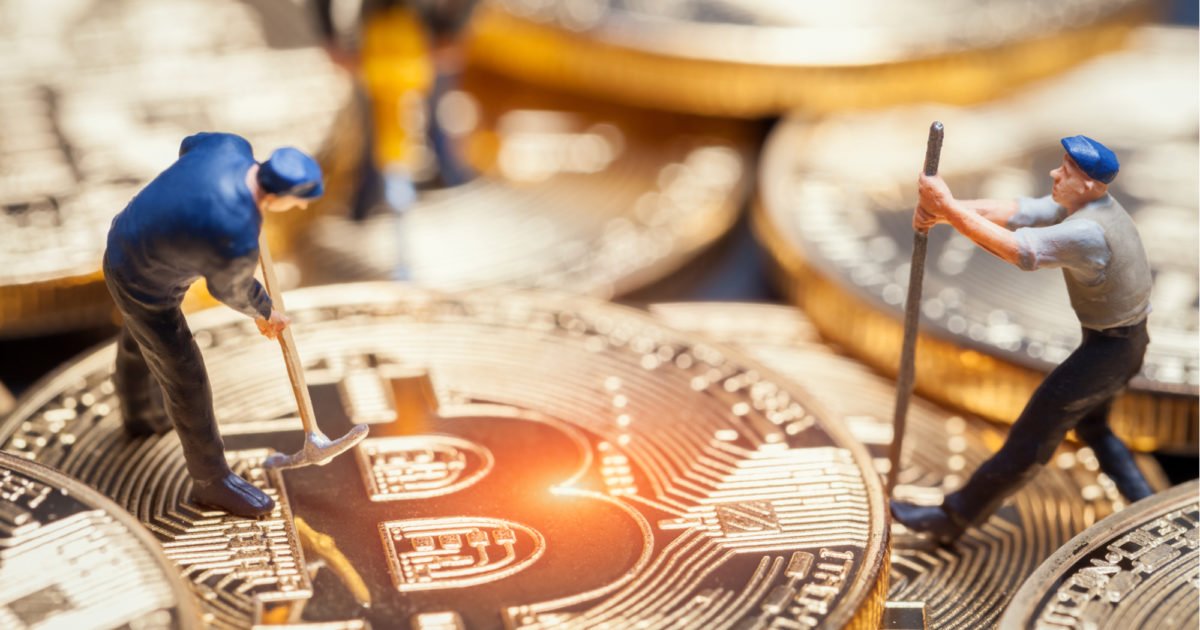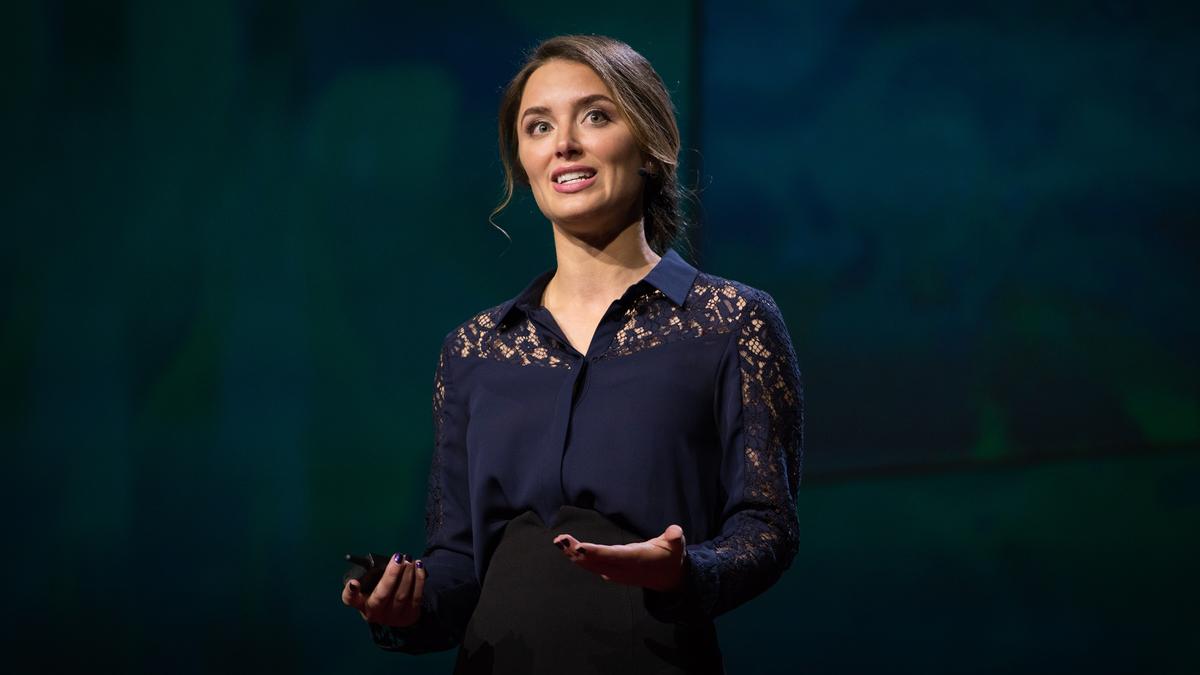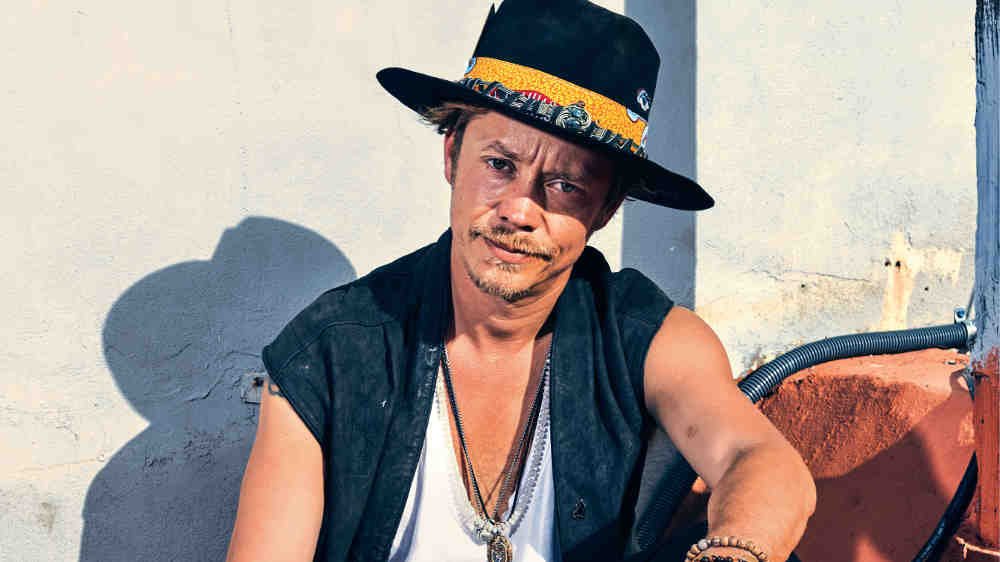The blockchain is inspiring a new wave in underground partying everywhere from San Francisco to Moscow and Berlin
In one sense, the rave scene has always been encrypted. In its heyday, when news of illicit parties spread by word of mouth, you just needed to know the right people. But new technologies are adding another layer to this.
Throughout the last year, rumours of a crypto-enabled rave revival have been rife on the dark net and in closely guarded members-only forums, with some referring to these gatherings more publicly as crypto-raves, trustless raves or the “decentralised autonomous rave scene”. This underground phenomenon has been driven by creative tech, in the form of the blockchain. Technologist and artist Mat Dryhurst has seen this first hand. “Like most good things, it emerged slowly and organically,” he says. “The first time I went to a crypto rave, I got a text message from a friend who was given a few invites, received my own unique keys and was given an invite of my own to share.”
The keys he’s referring to can take different forms: PGP-signed messages stored on public blockchains; or decentralised tokens distributed by DAOs (decentralised autonomous organisations), with each token representing a single ticket, in line with the recent explosion of ICOs and the tokenisation of everything that has come to the world of cryptocurrencies.
“One needs a number of ‘block confirmations’ to have passed to ensure access,” explains Amnesia Scanner, a Berlin-based collective of designers and musicians who have been anonymously contracted to play at some of these decentralised autonomous raves. “Once you’re in, you’ll often be given access to a decentralised application that uses a hybrid of proof-of-stake and proof-of-work, that secures the scene,” they say. Instead of peer-to-peer, it’s friend-to-friend.
Source/More: Rave culture is making its move onto the blockchain | WIRED UK


















